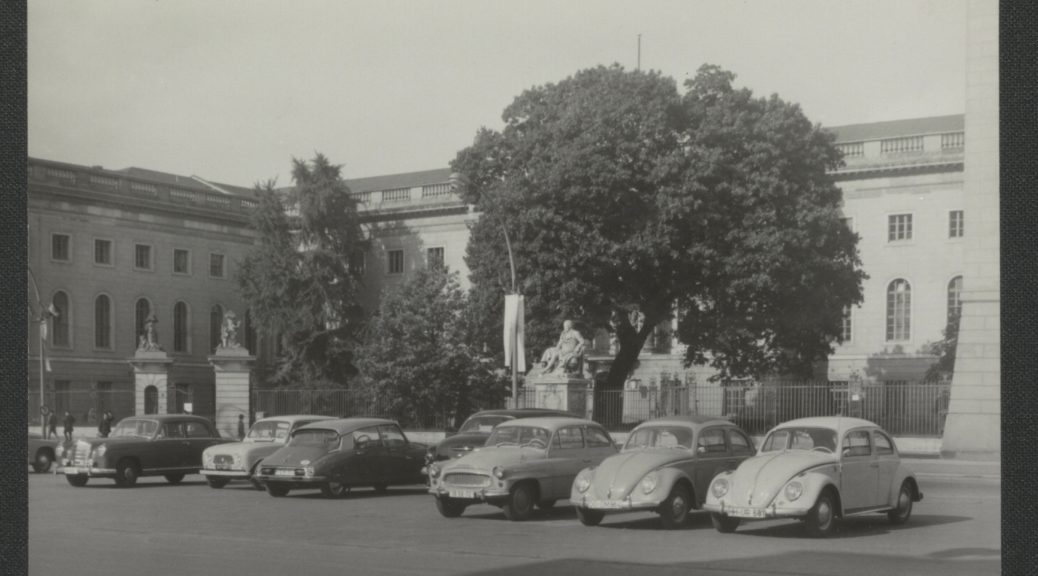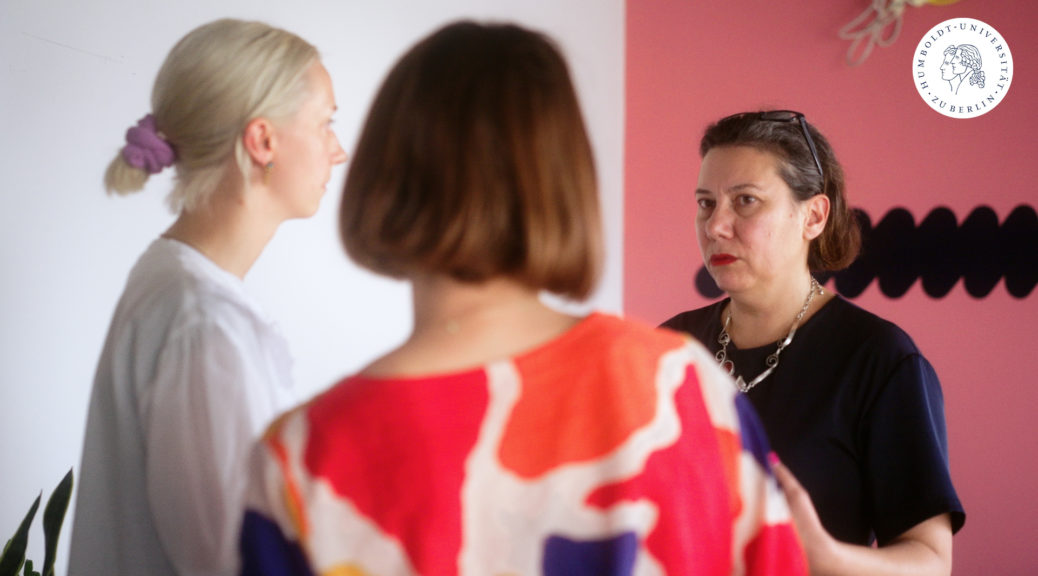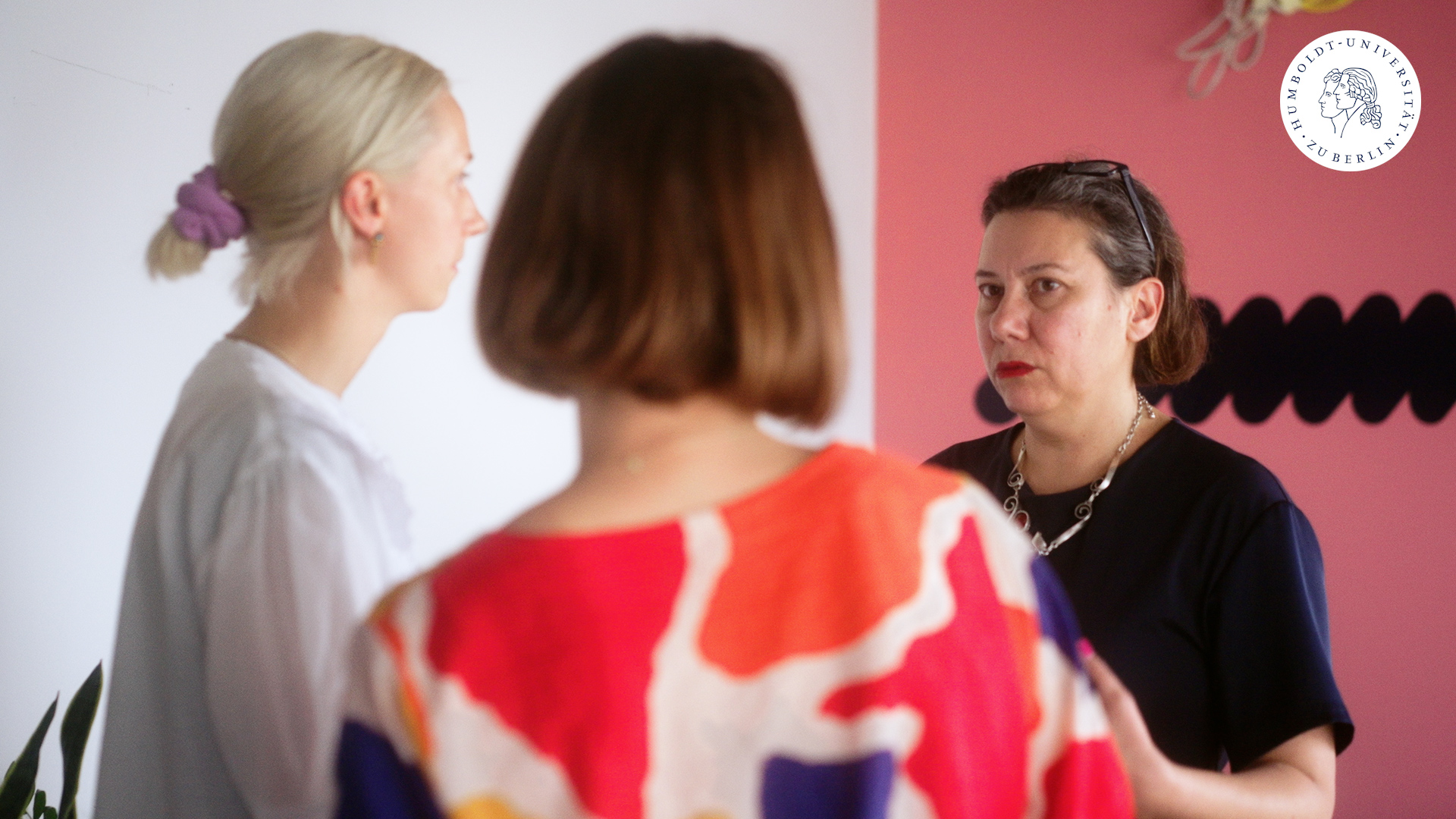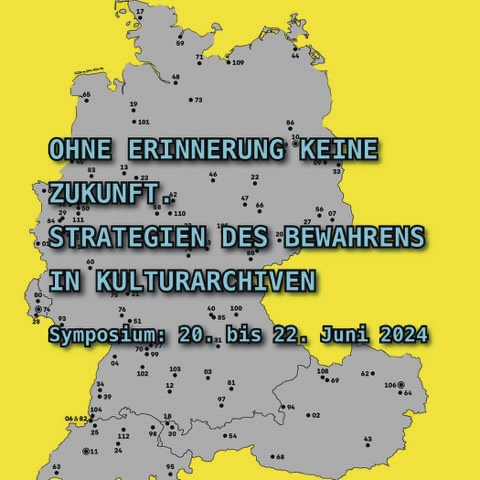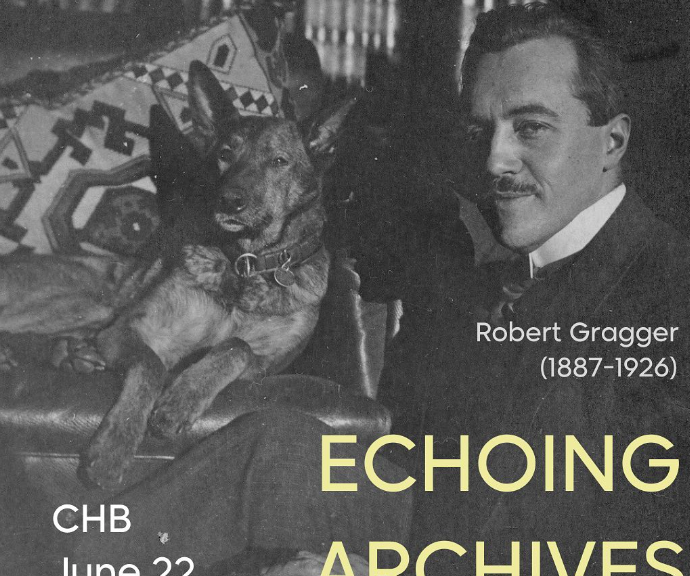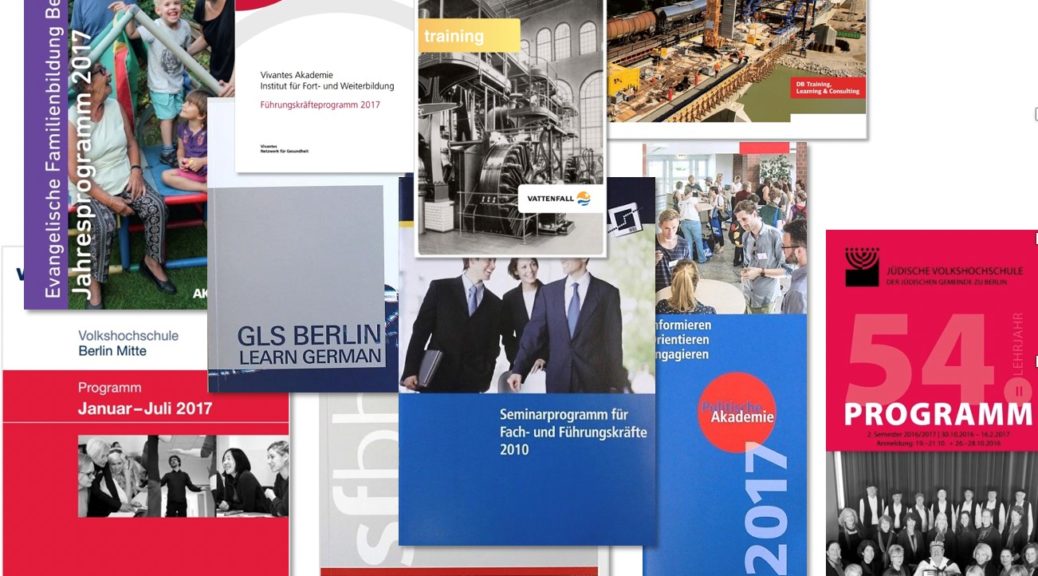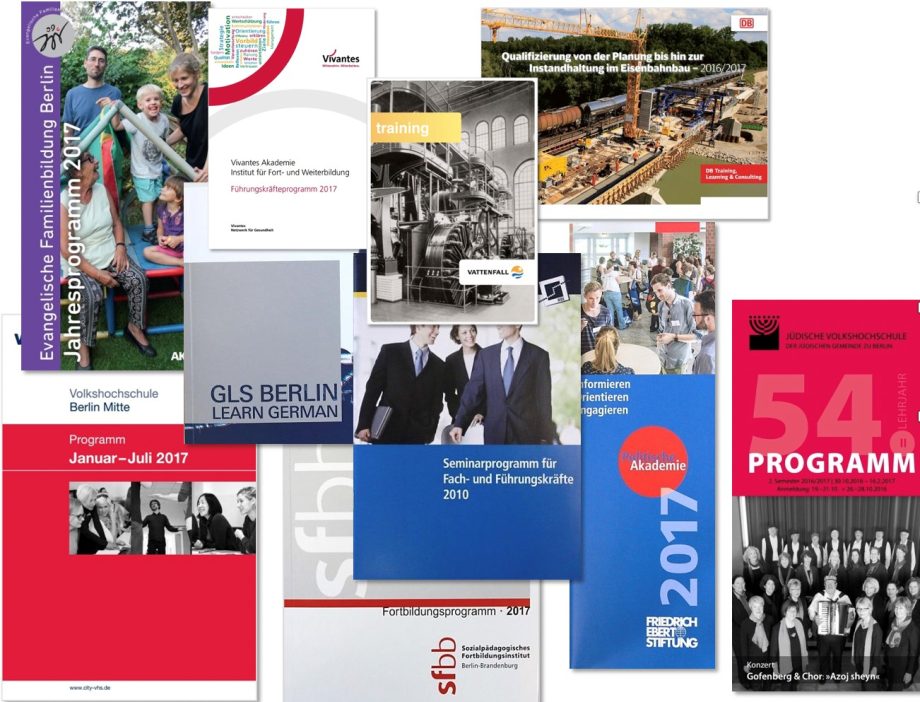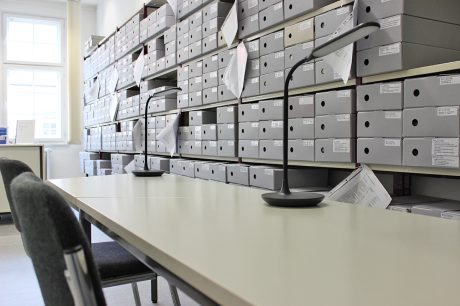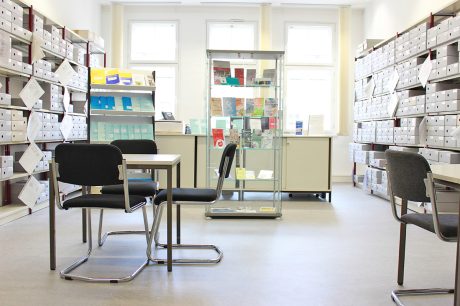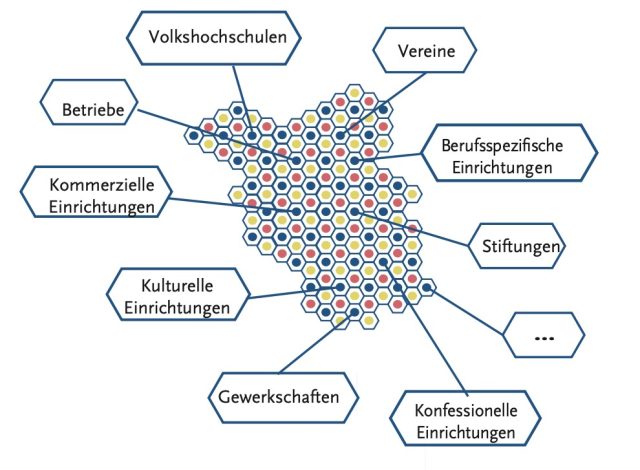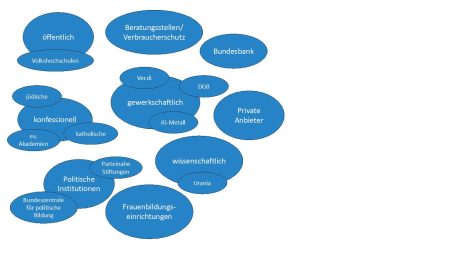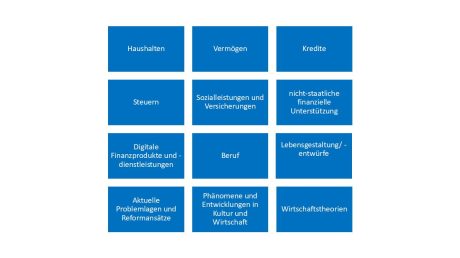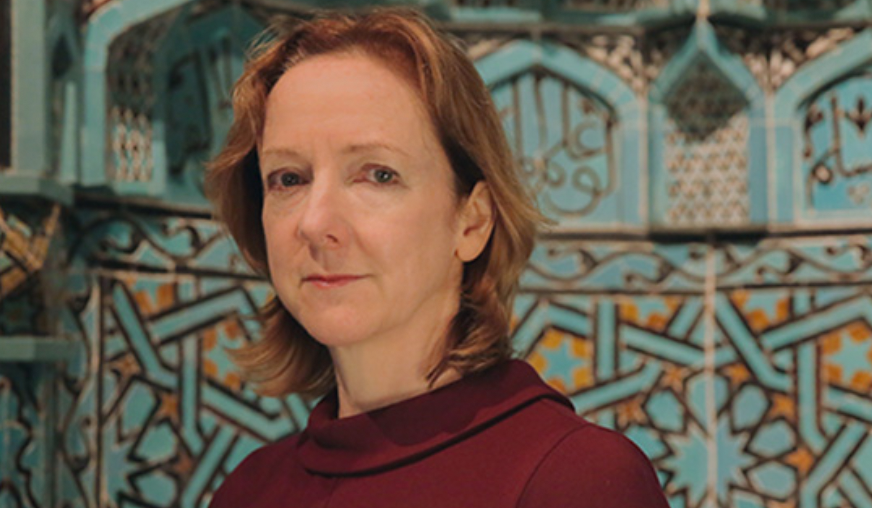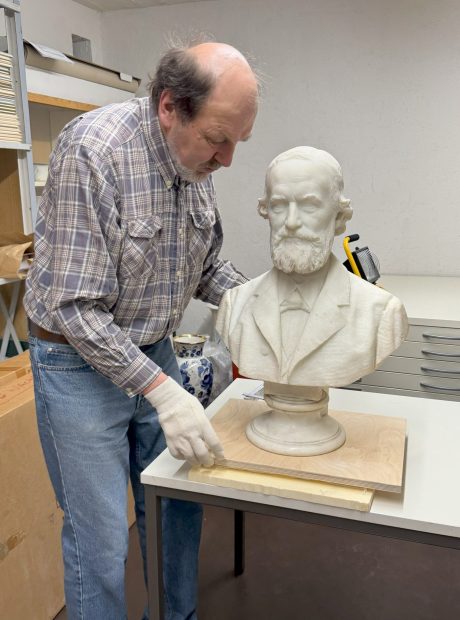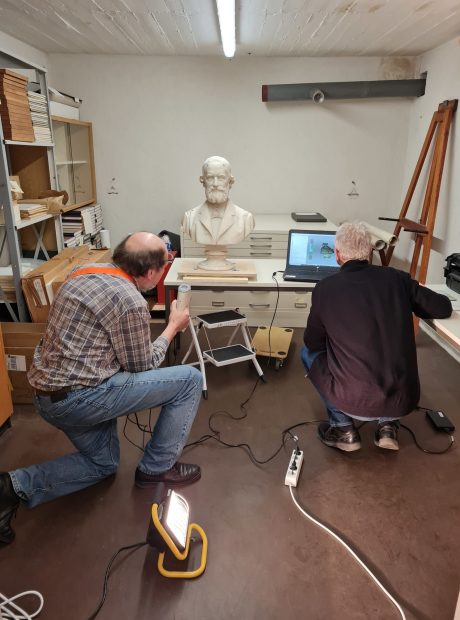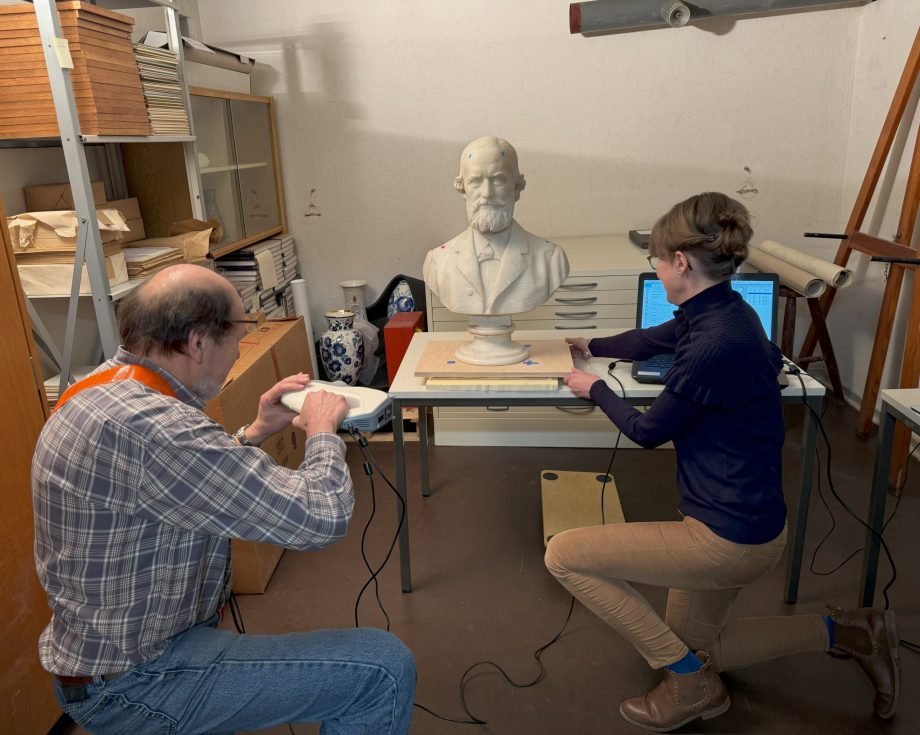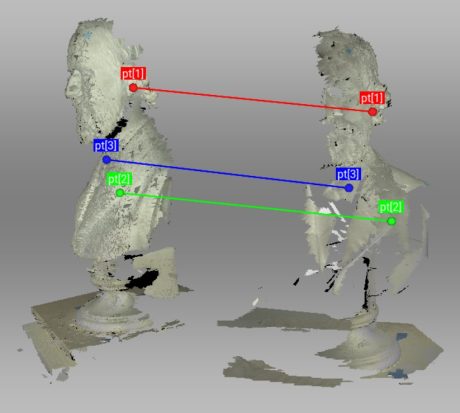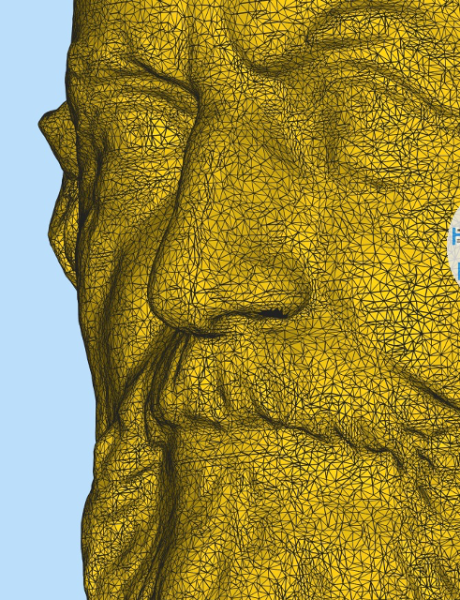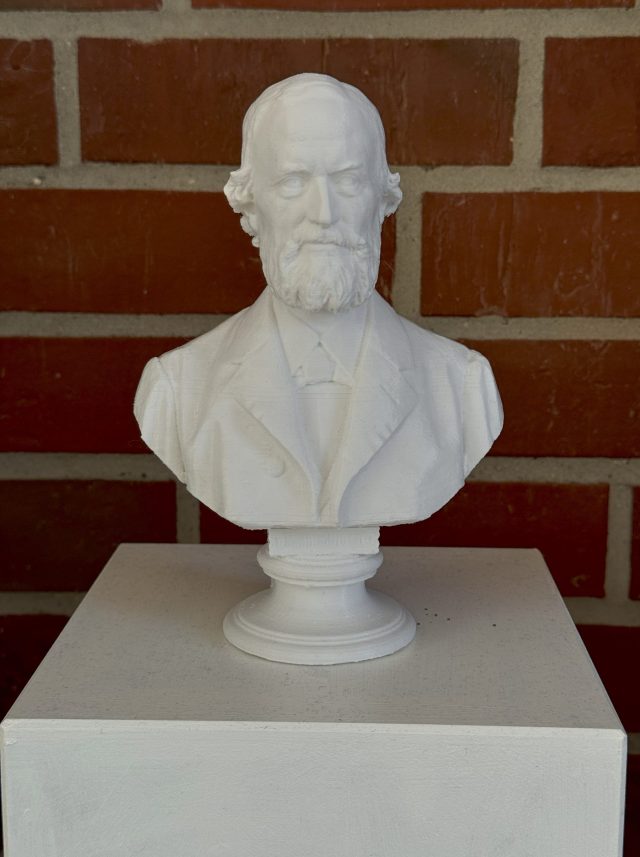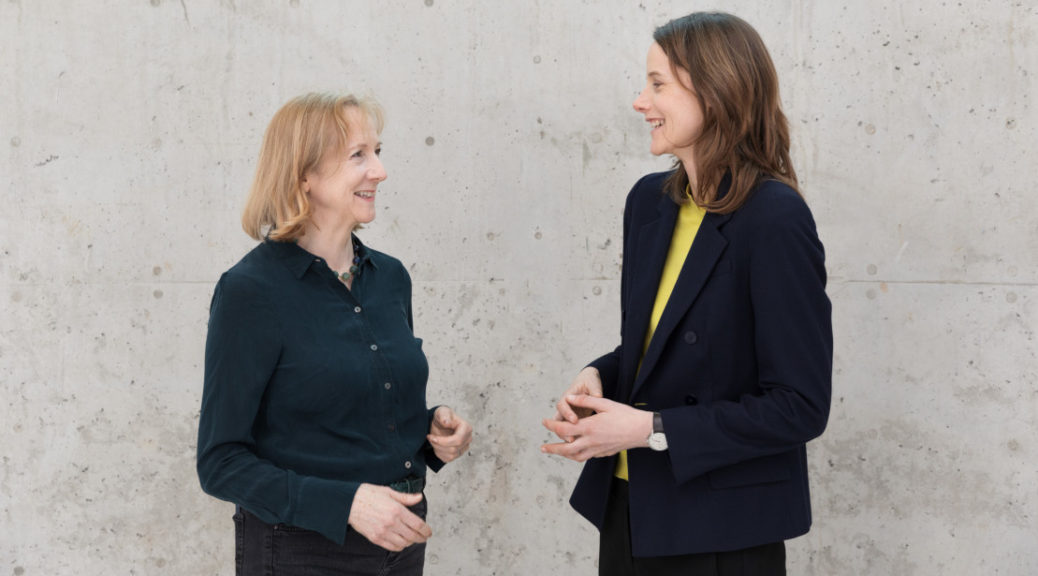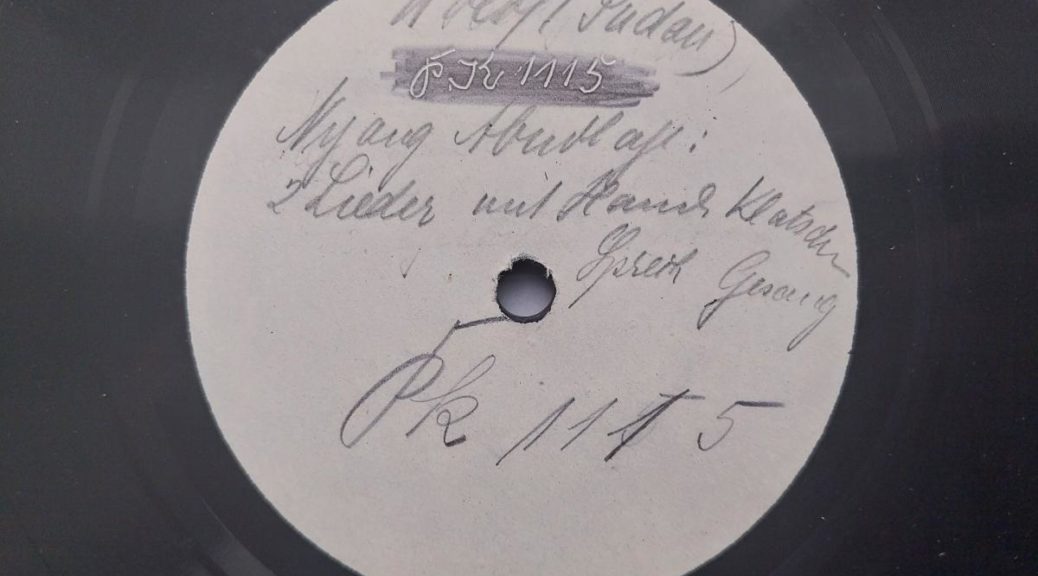Object of the month 09/2024
Whether it was the opening of the academic year, the reception of foreign delegations, sporting competitions, conferences or conventions – a university photographer was always present at all university events, documenting the action and capturing it in numerous photos that provide a detailed insight into the history of Humboldt-Universität. The staff at the Hochschulfilm- und Bildstelle HBF (the universities own photographic and film service) also took on specific documentary assignments: architectural and interior photographs recorded the development of the university buildings, while portraits of professors and lecturers captured the composition of the teaching staff.
All these moments in over 40 years of university history, captured on mono film, are now in the photo collection of the HU Archive – both as positives and negatives and contact sheets; they include images that were intended for publication – in the HU magazine or in other university and non-university publications – as well as snapshots that have never been seen by the public.
A central service in the field of audiovisual media (audiovisuelle Medien, abbr.: AV) has existed at the university since 1952. Initially, it mainly provided photography and film work for teaching, studies and research, and also took over the maintenance and repair of AV technology. This university image centre was founded at all universities in the GDR by a resolution of the centrally responsible Ministry of Technical and University Education (Ministerium für Fach- und Hochschulwesen). Initially assigned to the Prorectorate for Research, the HFB moved to the Directorate for Cultural and Public Relations (Direktorat für Kultur- und Öffentlichkeitsarbeit) after 1970, while the Centre for Audiovisual Learning and Teaching Materials (Zentrum für audiovisuelle Lern- und Lehrmittel, ZAL), founded in 1971 and 1979 respectively, continued to be available primarily as a service facility for research in the faculties and institutes of the university, for all members, students and teachers alike.
Although a few ZAL educational films are available in the archive, it is primarily the photos that are stored here: a unique and impressive testimony to academic life in the decades from the 1950s to the late 1990s, which has reached a volume of almost 30 linear metres and is largely untapped, despite its undoubted historical significance for the history of the HU. Despite verifiable attempts to organise and catalogue the mass of photographs in some way, the photo documents collected after the dissolution of the HBF were handed over to the archive in disarray, often unfortunately with very little information about the events and people in the photos, rarely supplemented with a note about the photographer and even more rarely dated. Creating order and retrospectively adding the missing information to the existing material is an immense and yet exciting challenge. Every time we delve into the sorted and unsorted boxes of photographs, we unearth a piece of everyday university life that tells stories on many levels: university history, but also social history, political, societal, scientific and everyday stories.
The ZAL and the HFB with their university-internal photographic laboratory were closed in the late 1990s. The university photographers took on other tasks. The possibilities for documenting life and events at the university have changed dramatically since then: analogue photographs are hardly ever taken, and every event is not only documented professionally, but also in a multitude of snapshots by participants and private individuals. The mono photographs depict a time that was characterised by different media, different resources and a long-changed university routine.
Author and contact:
Dr. Aleksandra Pawliczek
aleksandra.pawliczek@ub.hu-berlin.de
Speicherbibliothek Archiv
Wagner-Régeny-Straße 5-7
12489 Berlin
